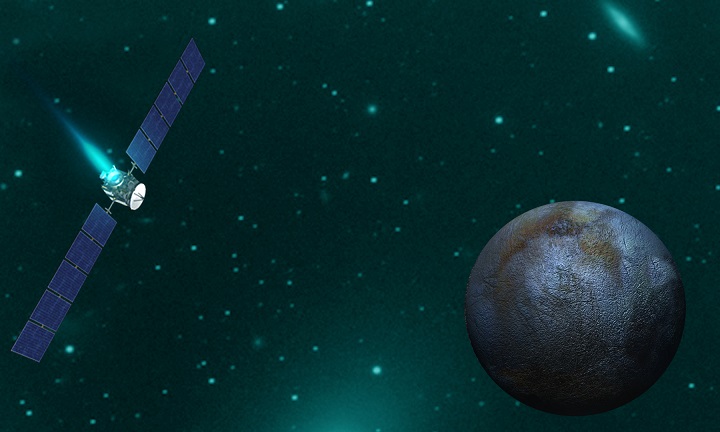The Dawn spacecraft has resumed normal ion thrusting after the thrusting unexpectedly stopped and the spacecraft entered safe mode on September 11. That anomaly occurred shortly before a planned communication with NASA’s Deep Space Network that morning. The spacecraft was not performing any special activities at the time.
Engineers immediately began working to restore the spacecraft to its normal operational state. The team determined the source of the problems, corrected them, and then resumed normal ion thrusting on Monday night, Sept. 15.
“This anomaly presented the team with an intricate and elaborate puzzle to solve,” said Robert Mase, Dawn project manager at NASA’s Jet Propulsion Laboratory in Pasadena, California.
After investigating what caused the spacecraft to enter safe mode, the Dawn team determined that it was likely triggered by the same phenomenon that affected Dawn three years ago on approach to the protoplanet Vesta: An electrical component in the ion propulsion system was disabled by a high-energy particle of radiation.
“We followed the same strategy that we implemented three years ago to recover from a similar radiation strike — to swap to one of the other ion engines and a different electronic controller so we could resume thrusting quickly,” said Dawn Mission Director and Chief Engineer Marc Rayman of JPL. “We have a plan in place to revive this disabled component later this year.”
As a result of the change in the thrust plan, Dawn will enter into orbit around dwarf planet Ceres in April 2015, about a month later than previously planned. The plans for exploring Ceres once the spacecraft is in orbit, however, are not affected.
